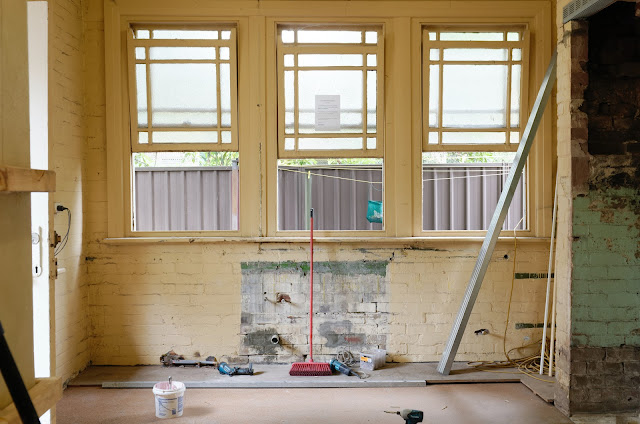Religion and the Rise of Japanese Militarism
Leading up to WWII, Japan was successful in militarily defeating the Qing Empire (1894-5), tsarist Russia (1904-5), in gaining control over Taiwan, and in gaining an unofficial authority over Korea and Manchuria (DuBois: 183). What role did religion play in the rise of Japanese militarism prior to and during WWII? [1]
Religious Justification for Japan's Military Conquest
On the Japanese home front, religion played a significant role in affirming the perceived justness of the Japanese war efforts against Qing China and tsarist Russia. Japanese Buddhists, for example, argued that Japan and the dharma (cosmic law and order) were identical. Thus, it was the right of Japan to bring law and order to nations who had lost their way. Buddhist apologists even argued that the Japanese army fought on behalf of the Buddha (DuBois: 184), and, of course, the promise of post-death salvation (i.e., rebirth) was used to encourage and inspire soldiers as they faced the threat of death.
One puzzle had to be answered, however: how were Buddhists able to engage in and condone war, if Buddhism made prohibitions against taking life? Having faced this issue in previous generations with respect to the prestigious samurai warrior class, Buddhist thinkers were ready with an answer. They maintained that killing another person could actually serve as an act of compassion. First, taking the life of an individual who was accumulating bad karma would save that individual from acquiring more bad karma, rescuing them from a reincarnation into even worse conditions. Secondly, taking the lives of those who were not following the right path would have instructional value to others -- “do not live the way that guy did” (Dubois: 184).
Buddhists were not the only one’s who sought to legitimize Japanese militarism. After Christianity became legalized in 1873, Japanese Christian leaders, including some French Catholic priests, conferred their own blessings and legitimacy upon the Japanese army (DuBois: 185).
Promoting Japanese Spirit
Throughout the homeland and in conquered domains, the Japanese used religion as a means of spreading “Japanese spirit” (Dubois: 190). In the Buddhist tradition, a cakravartin was “a universal ruler of the entire Buddhist world...[Whose] enlightened reign [was] destined to unite and transform the Buddhist world” (Dubois: 99). It should not be surprising, then, that in keeping with the religious justification for Japanese imperialism and militarism, some Buddhist scholars identified and championed the Japanese emperor as the highest cakravartin (Dubois: 191). Also, Shinto ritual and ceremony, being highly influential in the state cult, was used in preparing soldiers for war, including the preparation of pilots for suicide bombing (Dubois: 190).
Religion and Resistance
Religion also played a role in the resistance of Japanese imperialism and militarism. In the Korean peninsula -- annexed by Japan in 1910 -- Christian converts were often the most resistant to Japanese religious and cultural indoctrination. As a consequence, they received intense monitoring from Japanese authorities. Matters reached a climax in 1937, when Japanese policy began to require that every church place a shrine to kami Amaterasus -- the ancestress of the imperial house -- within their walls. Some churches acquiesced to the demands, arguing that the shrines were merely expressions of civic duty, while most Christians, on the other hand, simply refused to follow the policy, viewing such an accommodation as infidelity towards God. After unsuccessful threats and pleadings for compliance, Japanese authorities simply removed Korean Christian leaders from their positions, creating circumstances that would more easily result in compliance (Dubois: 191).
From the rise of its unstoppable military conquest to the halt and recession of its imperial power at the end of WWII, religion played a significant and sometimes crucial role in the dynamics of Japanese militarism.
____________________________________________________
Footnotes:
[1] All citations reference DuBois, David. Religion and the Making of Modern East Asia. New York: Cambridge University Press, 2011. Print.


Comments
Post a Comment